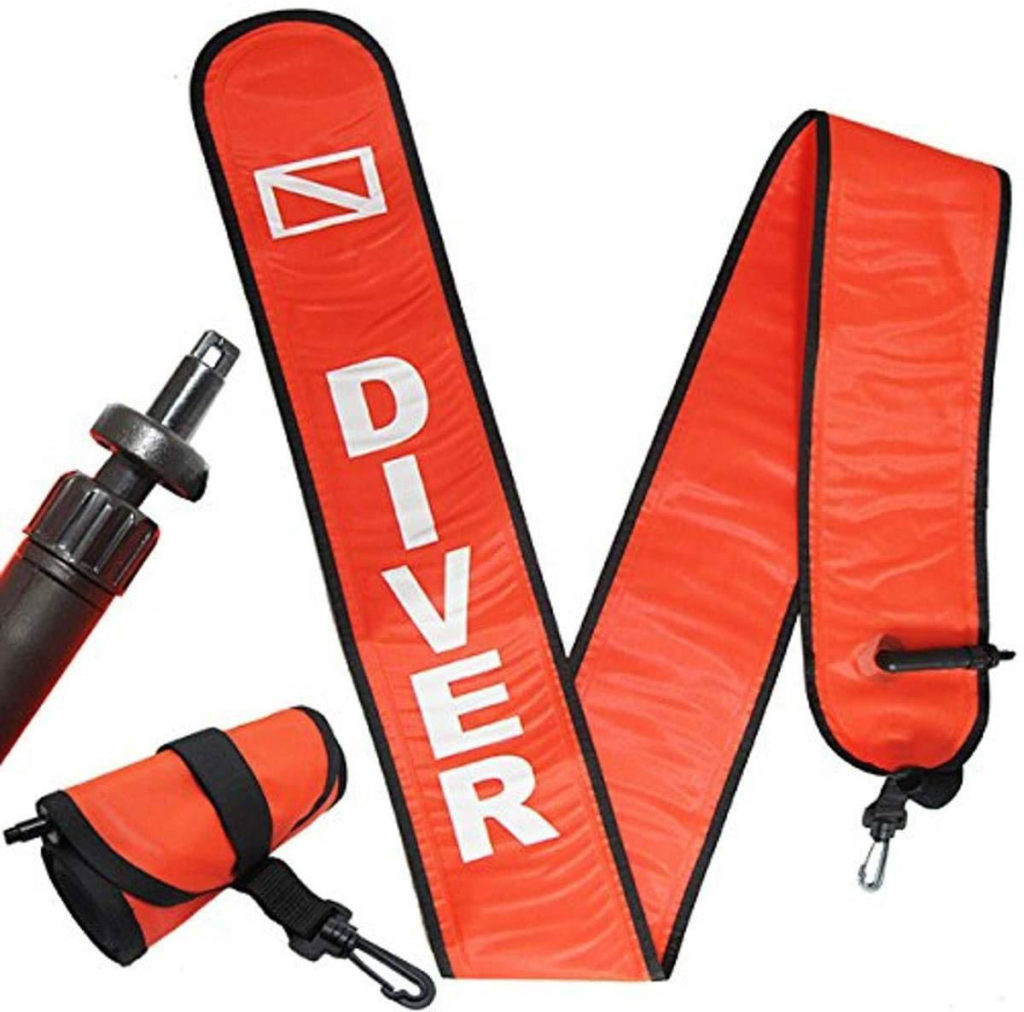Garry Dallas demonstrates a DSMB deployment in a 15m (49 feet) depth swimming pool in Durktank, Belgium.
Practicing skills while hovering in very shallow water at 2.7m will make any deeper dive DSMB deployment much easier. It’s all about buoyancy transfer. Because there are so many problems with DSBM deployment, most divers rely on their more experienced friend to do it.
Scuba divers utilize a surface marker buoy, also known as a dive float or just a blob, at the end of a line to show the diver’s position to persons on the surface while the diver is underwater. Two types are used: one (SMB) is towed for the duration of the dive and indicates the position of the dive group; the other, a delayed surface marker buoy, DSMB or decompression buoy, is deployed near the end of the dive as a signal to the surface that the divers have begun ascending and where they intend to surface.

Competence can only be achieved via practice. The purpose of this exercise is to demonstrate that DSMB deployment can be done safely. When filling a bag, the pressure difference of 2.7m has the greatest impact on a diver’s buoyancy. The skill operates much more easily at a deeper level, resulting in a lower risk of complications. Keep it safe and take it slowly.
This is not a demonstration video, but rather a guide, and can be really effective.
Videography by Filip Coysman






